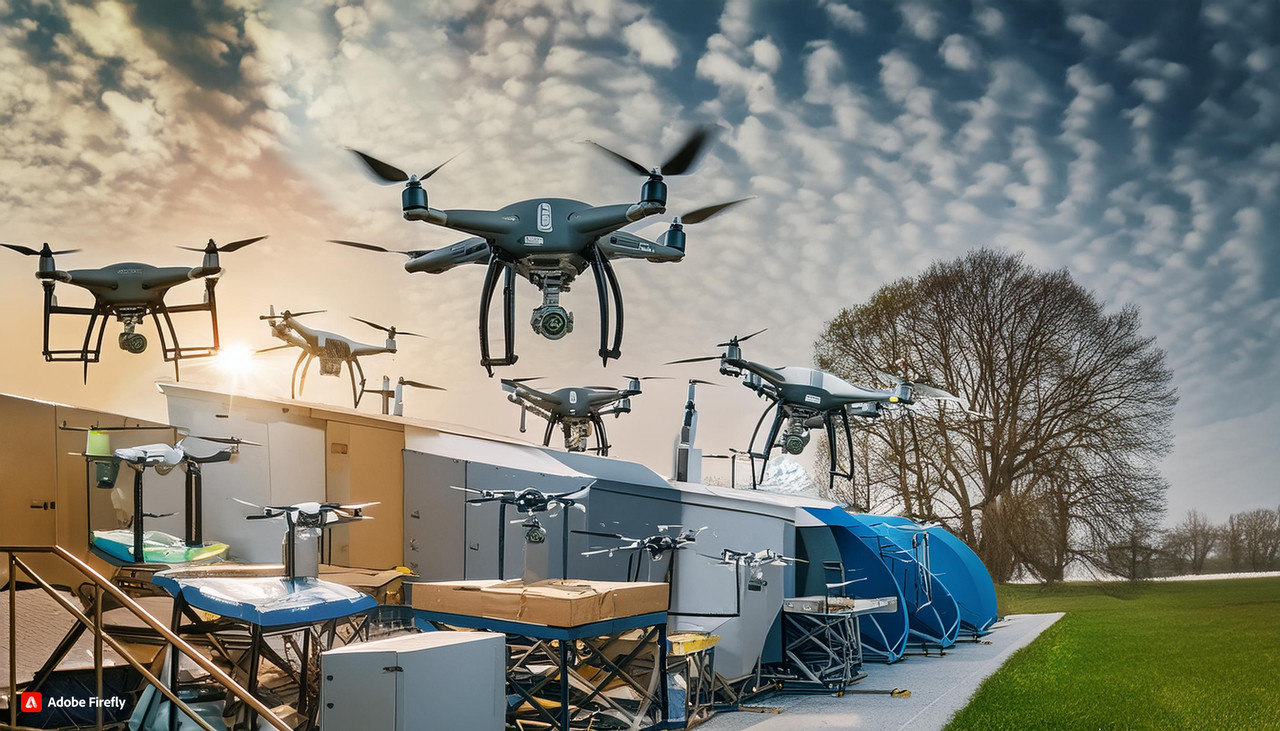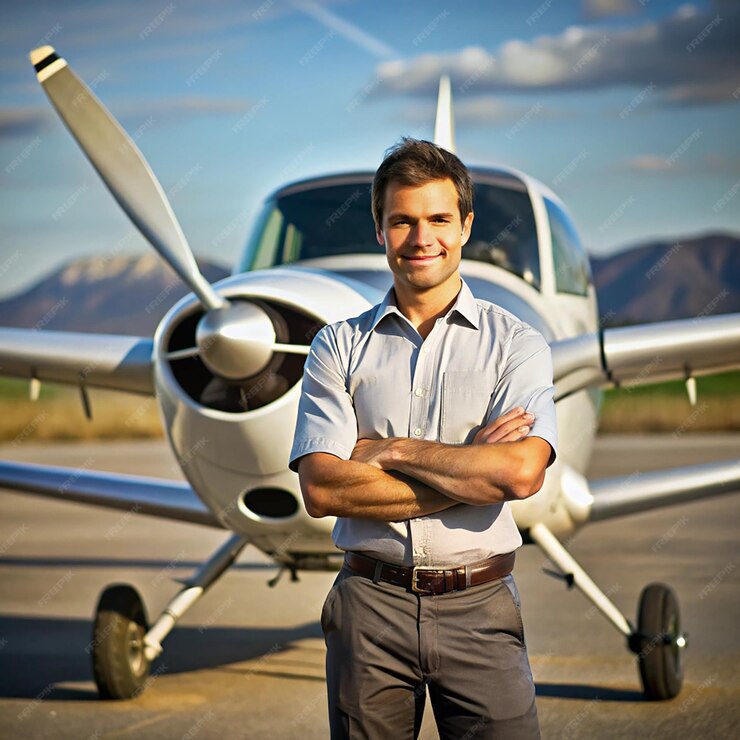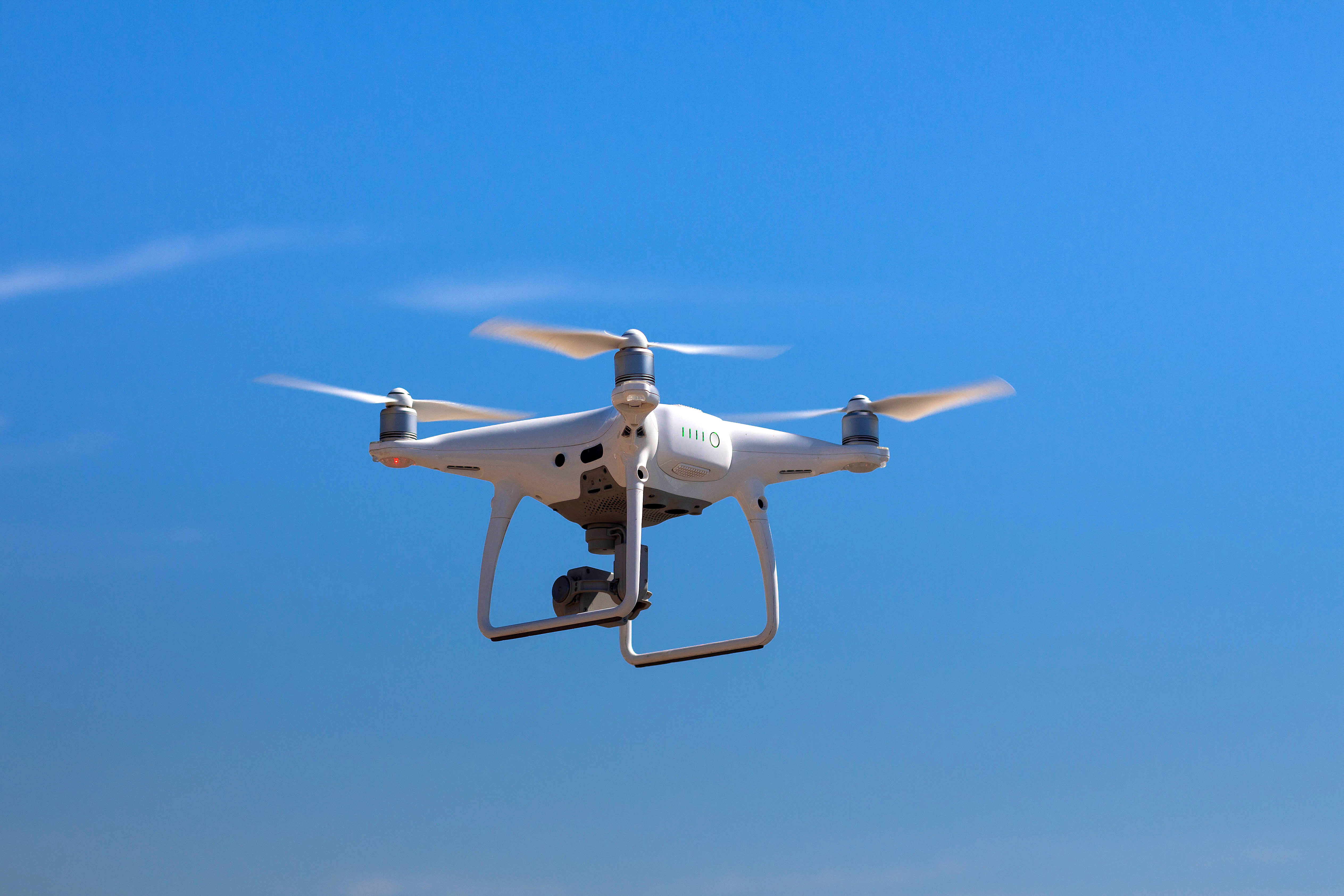
How Drones are Revolutionizing Search and Rescue Missions in Disaster Zones?

The role of drones in disaster management has become vital, as it is in various other industries worldwide. This technology has transformed how the teams involved in search and rescue evaluate, manage, and reduce the impact of disasters. Drones in the modern era are all equipped with thermal sensors, HD cameras, etc., which allow them to offer real-time data, mapping, and surveillance in situations of disaster. Integrating drones into disaster management strategies is proving good for reshaping the scenario after a disaster of any magnitude has jolted it.
Let's see what drones can do to assist rescue teams and people affected by disasters in precarious situations.

Providing Aerial Surveillance in Real-Time
Drones can allow aerial surveillance during natural and man-made disasters. Human rescuers can have difficulty accessing the areas affected and wrecked by disasters. In these perilous situations, drones survey large areas with utmost agility and safety, providing quality images and videos. The data collected by these UAVs during aerial surveillance helps response teams better comprehend the impact of the disasters, find survivors, identify trouble areas, and evaluate the extent of the damage.
Drones can fly over areas wrecked by disasters and even send live footage of situations to the concerned authorities. This data helps emergency response teams make plans, decide their priorities, and recognize safe routes for emergency vehicles. Drones can also keep a constant eye on the situation, making sure that the people of the rescue teams are kept informed about changing scenarios on a disaster-stricken site.

Improving Efficiency of Search and Rescue Operations
Drones are making their presence felt in search and rescue operations, particularly when people are stuck at some location during disasters. Traditional search operations are slow and risky. Drones with thermal imaging cameras can sense heat from the people stuck in the areas with relatively low visibility.
When Mexico City was hit by an earthquake in 2017, drones were used to search for people trapped inside damaged structures. Drones let rescue teams locate people quickly and, hence, help them save their lives. They can navigate through narrow spaces and dodge obstacles, allowing them to cover areas that are hard or even impossible for human rescuers to cover.

Mapping and Assessing Damage
When a place is hit by a disaster, damage and destruction are bound to happen as a repercussion. It becomes really important to evaluate the degree of damage in disaster zones to provide effective response and recovery. Drones laden with LiDAR and photogrammetry tools can produce more accurate 3D maps of disaster-hit areas, allowing detailed assessment of the damage triggered by the disaster. These maps help all the responsible authorities measure the damage to the infrastructure, such as demolished buildings, roads, and bridges and estimate the repair cost.
Drones can also map wildfire perimeters, such as those in America recently, flood zones, and landslides, providing information for resource distribution and lasting recovery planning. They can gather precise data at a rapid pace, which advances the overall efficiency of relief efforts and ensures that resources are supplied in adequate quantities to the areas where they are needed most.

Supplies Delivery
Modern drones have good payload capacities, making them handy for delivering medicine, food, and water to disaster-stricken areas. Traditional delivery methods may not be effective during disasters. Drones can deliver stuff to isolated communities. In addition, medical supplies, including vaccines or defibrillators, are also made available in areas with limited access to healthcare facilities with the help of drones.
When the entire world was under the wrath of the pandemic, and people were frightened of people, drones delivered COVID-19 test samples and medicines, showcasing their worth in emergencies. With drones, there is no fear of them getting stuck in traffic or getting late with deliveries of important items. This greatly increased their worth in taking centre stage as a reliable delivery partner during times of natural and man-made disasters.

Communication at the Time of Disaster
The traditional communication channel is disrupted or even broken down during a disaster, and communication is interrupted throughout disasters, making it hard for responders and affected people to stay connected. Drones can provide temporary communication. Some drones have communication relay systems that can establish networks in areas where traditional infra has gone for a toss. These communication options guarantee rescue teams and citizens can stay connected post-disaster, share information, and coordinate.

Future of Drones in Disaster Management
Drones play a role in today's disaster management scenario, but their disposition is not very easy and brings a fair share of challenges. These challenges include regulatory restrictions, technical limits, etc., which must be addressed when considering giving drones centre stage in the various aspects of disaster management. However, constant developments have taken place in the world of drones, and they have proved to be a significant step towards mitigating all these challenges.
It is fair to say that, in the current scenario, drones are doing their bit in disaster management, and soon, they can become an essential part of the entire disaster management system. With the development of autonomous drones, the capability to deploy large fleets for real-time data collection, surveillance, and rescue operations could become a reality. This will make disaster response accurate, faster and more effective, eventually saving lives and decreasing the disaster impact.
Coming to a Close
Drones have significantly transformed disaster management and emergency response. Their capability to offer instantaneous surveillance, support rescue missions, evaluate damage, deliver supplies, and uphold communication is reforming how we respond to disasters. With the evolution of technology, drones will become even more important in helping rescue teams save lives, improve recovery efforts, and decrease disaster impacts.
With drones' worth increasing in disaster management and emergency response, the demand for certified drone pilots is always rising. These pilots have the knowledge and abilities to fly drones and possess a commercial drone use certificate. If you also want to become a drone pilot and work in various industries, you can always come to us at Flapone Aviation.
Related Blog
Latest updates and insights from Flapone Aviation.

What Types of Drones Are Present in the Market?
October 8, 2024

How to Become a Pilot After 12th in India?
February 7, 2025

What are the Basics of Drone Piloting?
February 7, 2025




Author Bio
A dynamic and seasoned content writer with 6 years of experience curating content for different platforms. With the knowledge of all the cogs of content writing and SEO, he has served in various industries. He believes that content is the kingpin, and if penned well, it has a lasting impact on the minds of the readers. Apart from content creation, he is also an ardent poetry lover and performer. He has two publications of his poetry collection, namely Alfaaz and Chestha